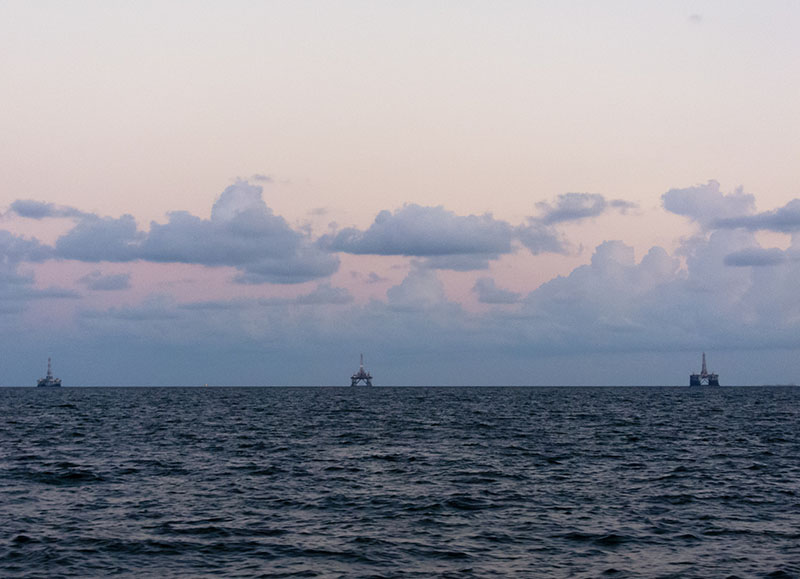I am more than ready to write something really positive about the offshore energy market and day rates in this blog. While there is a glimmer of hope, right now the chances are slim that this will happen soon.
The glimmer of hope is the increase in U.S. exports of crude to Asia that is coming primarily from the Gulf of Mexico. According to the UPI, federal data shows that total U.S. crude oil exports have averaged 767,000 bbls. per day (bpd) so far this year, compared with the 509,000 bpd for the last 10 weeks of 2016. The increase is in response to the perception that the Middle East is cutting back on exports as Asian demand continues to rise. That’s about it for the good news.
For offshore, there was more bad news. U.S. energy firms upped the active rig count in mid-May for the 18th week in a row, as expectations of increasing crude prices (up to about $50 bbl.) motivated producers to increase monthly shale production to its highest level since mid-2015, according to the Baker Hughes Rig Count. U.S. shale production is expected to increase again in June (for the sixth consecutive month) to around 5.4 million (bpd), according to the U.S. Department of Energy’s Energy Information Agency (EIA). Further production increases are in the making as shale drilling continues to increase over the next couple of years.
Analysts at Simmons & Co. and energy specialists at investment bank Piper Jaffray forecast that the total oil and gas rig count would average 862 in 2017, 1,067 in 2018 and 1,184 in 2019, according to the UPI.
The entire offshore market feels the impact of shale exploration and production. And it’s not just lower day rates. It’s the chances of maybe not making it at all.
That surely ran through the minds of the folks at Gulfmark Offshore Inc. On May 16, Houston-based GulfMark announced that it would restructure through Chapter 11. The next day, Tidewater also filed for Chapter 11.
We feel for GulfMark and Tidewater and other financial constrained workboat owners that see no relief on the horizon.





